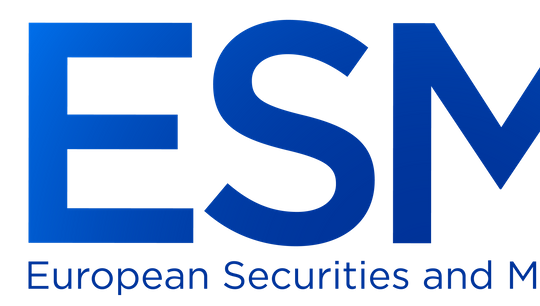How to be more elastic in an age of continuous disruption
By Daniel Page, KPMG in Ireland (London)
Published: 30 November 2021
Given the events of the past 18 months or so, I will spare you the diatribe on why Alternative Asset Managers (Managers) should focus on elasticity in their management companies. When I talk with Managers’ Chief Executive Officers (CEOs) or Chief Operating Officers (COOs), I’m rarely asked why more flexibility is needed anymore. But I’m always asked how it can be achieved.
Ultimately, what Managers are looking to achieve is the ability to scale up and scale down, as needed and across their business, in an efficient way. More elasticity within their infrastructure can mean better control over operating margins. That, in turn, can make you both more resilient and more attractive to high-performing professionals. It doesn’t matter whether you manage an AuM of US$50 million or US$5 billion, greater elasticity is critical to successful Enterprise Risk Management (ERM).
Think value
My advice to Managers? Make yourself accountable for stakeholder value as if you were a corporation – and one that you intend to sell. That means making every ERM decision with Enterprise Value (EV) in mind. That, in turn, can show you how to become more flexible, attract the right talent and focus on the right outputs.
“Easier said than done,” I hear you groan. And I’m not denying that enhancing elasticity in a Manager doesn’t take experience, industry insights and smart tools. Not all CEOs and COOs have first-hand experience running corporations with shareholder accountability; it’s not always easy to take an independent and objective view when you are on the inside and have a complex business to run day-to-day.
Peeling back the complexities
Knowing where to start and how to balance the key considerations can often be a challenge. Take human capital, for example – it’s arguably the largest cost for any Manager. One way to enhance elasticity is by achieving a clear and independent view of your human capital – layer by layer – to understand exactly what flexibility you have and, therefore, how elastic your workforce is.
Workforce models should also be reviewed to identify where more elasticity and flexibility can be achieved – not only in terms of people and real estate costs, but also to identify areas of potential enhanced efficiency. Yet this raises some difficult questions: who must be in the office in order to create value; how do you empower those that are not in the office; and how do you ensure they remain accountable and compliant?
Know where to look
Obviously, the need for greater elasticity should be managed against the realities of the business. Managers still need to compound returns for the long term to their investors, which is ultimately what investors hire them to do; they still need to reward and retain their high-performing staff; and they still need to ensure they abide by relevant laws and regulations. Those three pillars must remain protected.
But that still leaves significant room for Managers to enhance their elasticity – through greater use of outsourcing, through a more flexible and scalable IT environment, through smarter vendor management, through better talent retention and rewards, and more. The opportunities may not always be evident, but if you know where to look, they can deliver large rewards in terms of elasticity.
Get help
This brings me to my final point: if you don’t know how to enhance your management company’s elasticity, you may want to consider tapping into a professional, or team, that does. You likely already use external vendors for support across your business. Why would you not do the same for your management company elasticity and an independent view of your ERM?
Visit KPMG's website for more information.



